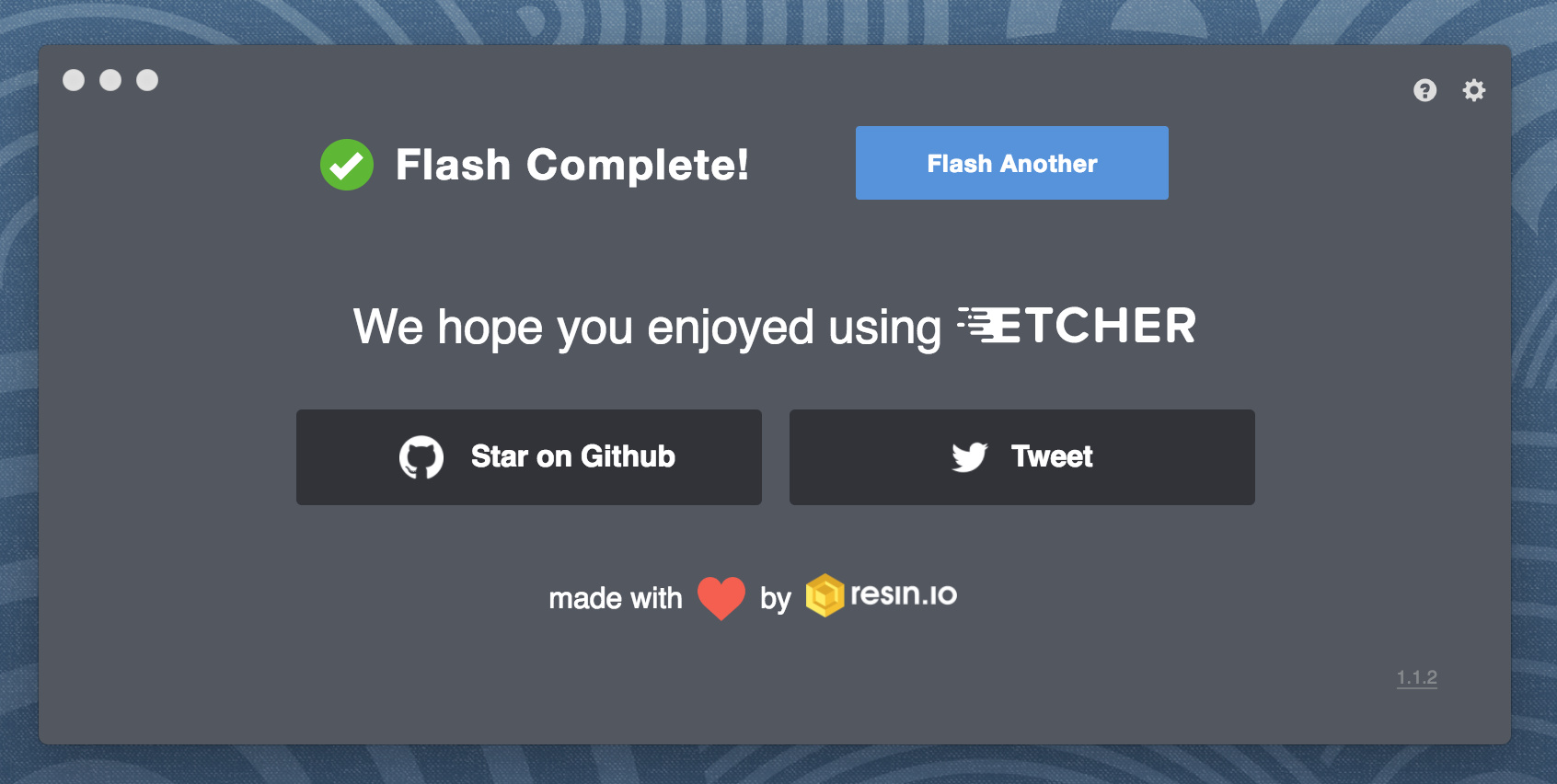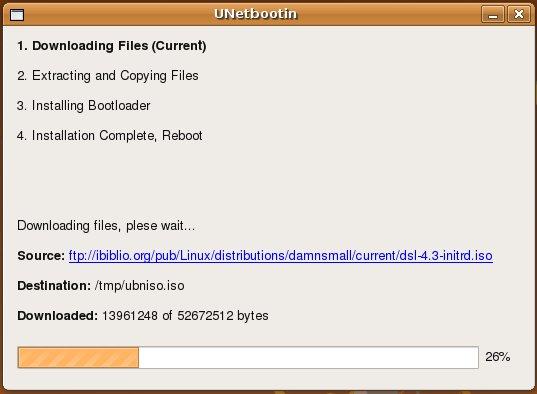
- #Create ubuntu usb for mac how to
- #Create ubuntu usb for mac mac os
- #Create ubuntu usb for mac pro
- #Create ubuntu usb for mac iso
In the sidebar, select either Controller or iBridge, depending on the version of macOS in use. press and hold the Option key while choosing Apple () menu > System Information. This should include Macbook Pros, Macbook Air, iMac and probably Mac Pro’s… Update: Apple’s new P2 ‘Secure boot’ chip The EFI based Macintosh started around 2008 (you can check the list of the Apple EFI systems here).
#Create ubuntu usb for mac pro
This tutorial has been tested on a late 2013 Macbook Pro Retina 15″, however it should work with any EFI based Mac (more on that in a bit). The Ultimate Linux Newbie Guide cannot be held responsible for any damage caused as a result of following this tutorial. If you do proceed, make sure you have backed everything up with TimeMachine or such like tools. Here’s the definitive guide to installing Linux on a Mac.ĭISCLAIMER: This is an advanced tutorial which sometimes works at the command line and can cause irreparable damage to your data. I long since realised that I could do exactly what I wanted to do with my macbook using Linux, rather than being encumbered by having to follow the ‘Apple’ way of doing things. The hardware is solid, fast, and beautiful, but over time, macOS has become dumbed down and in some places, downright silly. Got one of those shiny Mac laptops, but Linux has you realising computer freedom is best? Screen backlight, Keyboard Backlight and Volume control hotkeys.Problems booting Linux? Fix it by installing the EFI boot manager and disabling SIP protection.Accessing your Macintosh files from Linux.Step 4: Finishing up and fixing a few problems.Step 2: Partitioning your Macintosh hard drive.
#Create ubuntu usb for mac iso
Using Etcher to ‘burn’ your ISO image to a USB stick.Step 1: Downloading and ‘burning’ your Linux distro image of choice to a USB stick.
#Create ubuntu usb for mac mac os
#Create ubuntu usb for mac how to


Enjoy!Īfter using Rescuezilla for a while, please consider giving the project a like on AlternativeTo so that more people can discover it! :-)Īfter the USB boots, you will have a mini operating system loaded into memory which will launch Rescuezilla. To boot from the USB, you may need to repeatedly press a key such as F8 or F12 while your computer is starting up. Rescuezilla does not run from inside Windows or any other operating system because it is one ! You must restart your computer with the USB inserted in order to use Rescuezilla.

This step will completely erase any data on your USB stick. You'll need to write the image to a USB drive using a program such as balenaEtcher which works on Windows, Mac and Linux. You can find the 'Focal' version at the bottom of the GitHub release page under the 'Assets' section.Ĭheckout the Rescuezilla GitHub release page for information about what's new, backwards compatibility, and any bug advisories. Another alternative is to try the Rescuezilla v2.2 version based on the Ubuntu 20.04 (Focal) operating system which may be able to boot more reliably than the default Ubuntu 21.04 version. One option is to try choosing the 'Graphical Fallback Mode' item from the boot menu (after selecting a language). Note: There has been reports of the new Hirsute version having trouble reaching the desktop.

Download the latest 64-bit version of Rescuezilla: (recommended).


 0 kommentar(er)
0 kommentar(er)
